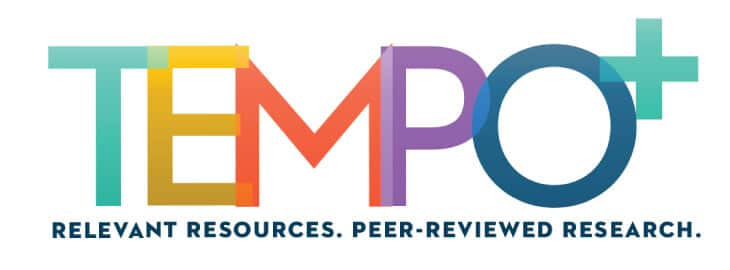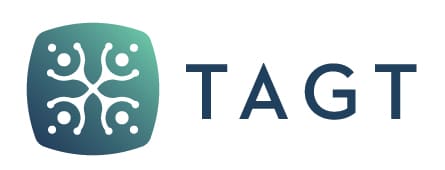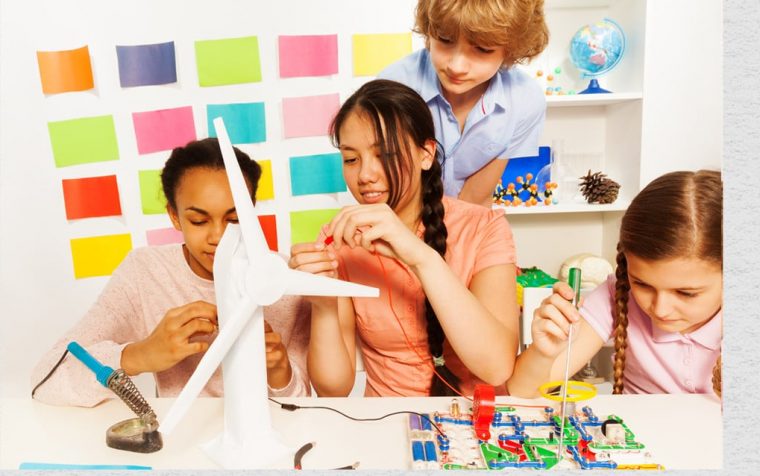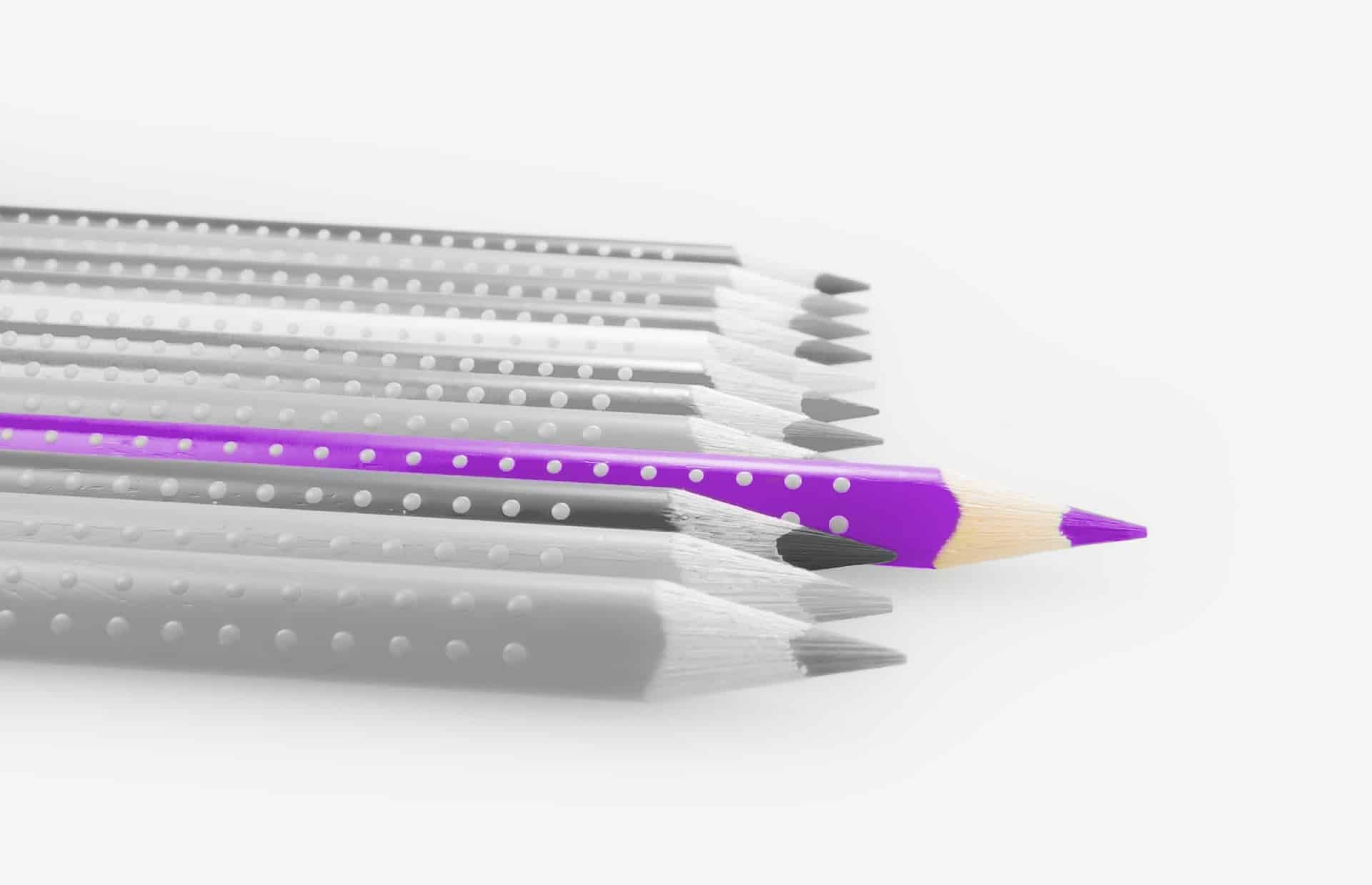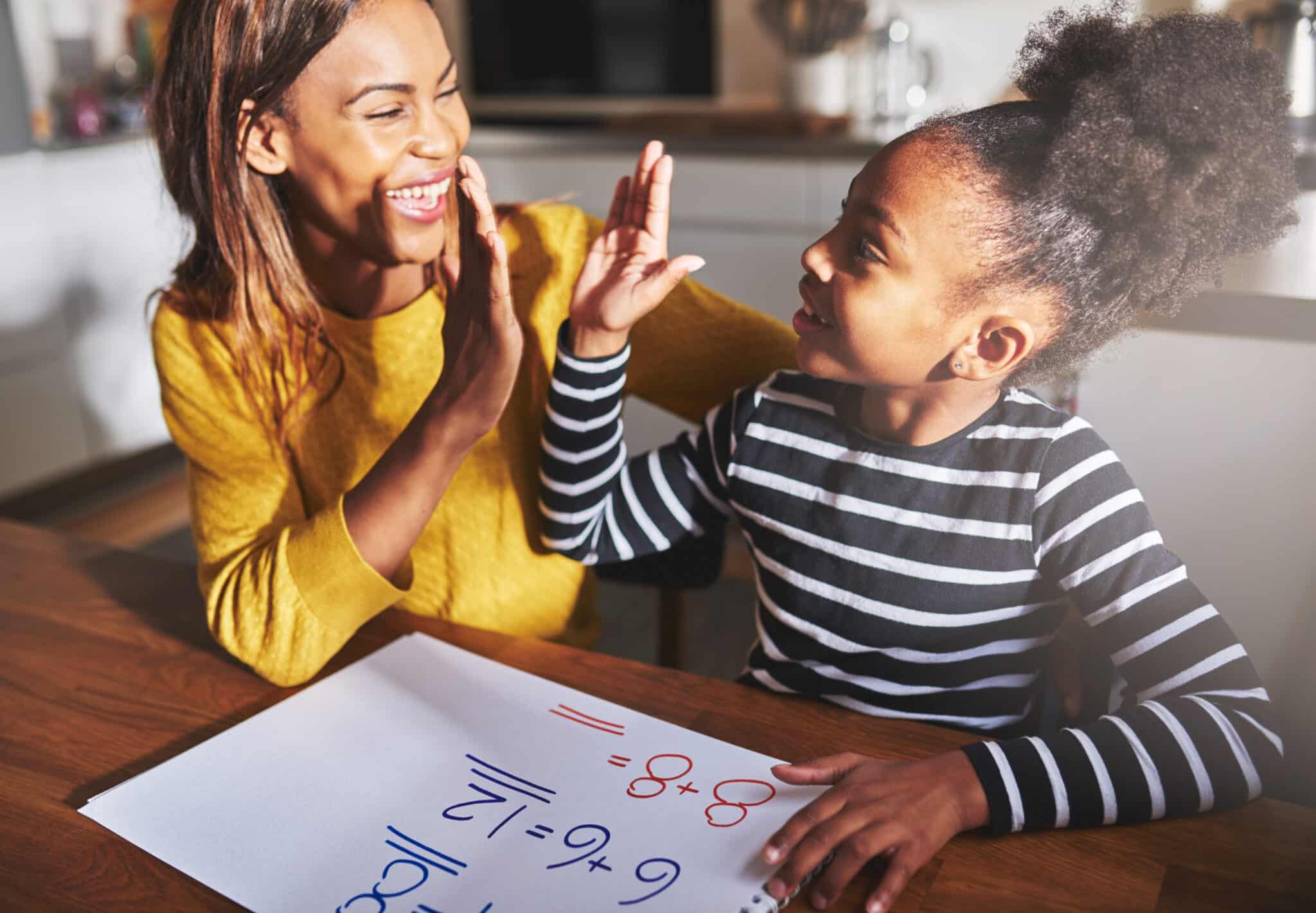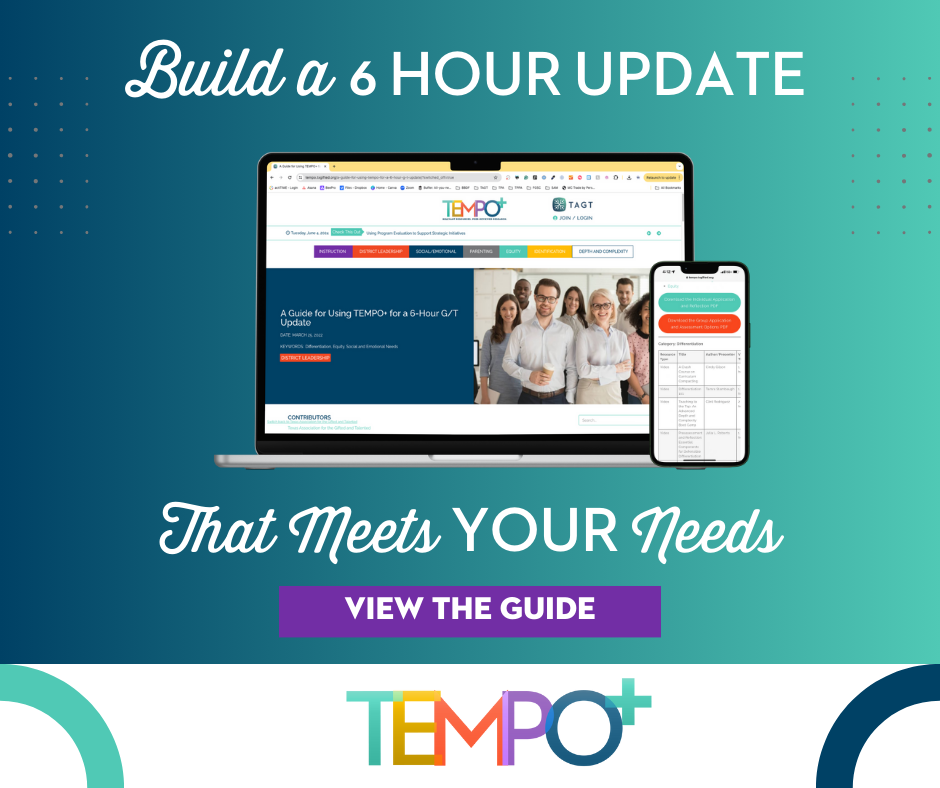What if your students could learn by exploring their passions? What if there was a way to encourage students to make a difference in the world while still addressing the standards? Passion-based learning has become a reality in many classrooms, and it is changing the role of both the teacher and student.
It is no secret that the world is changing, and so are our students. As a result, our role as teachers is changing as well. Although our job in the past was to provide information and answer questions, students no longer need us for that. They have Google! They have information at their fingertips, and they are able to learn from anywhere at any time. Because technology has given our students this opportunity, as teachers we must recognize that learning needs look different in our classrooms. Instead of lecturing and giving information, we must begin to move toward facilitating and designing meaningful learning experiences for our students.
Genius Hour gives educators an opportunity to give students ownership in the learning process. Students are asked what they want to learn about and are given time to explore that idea, concept, or project in class. Projects may be service-oriented or even centered around a specific subject area or concept. The goal is to encourage learning through application—by doing. Throughout the process, teachers use observation, questioning, and conversation to weave the standards into the projects and guide student learning. By using these strategies, teachers will learn what is meaningful for individual students and begin see what learning looks like from the student perspective.
In my classroom, Genius Hour was a priority and eventually became our curriculum. As we began to discuss Genius Hour and what we wanted it to look like in our classroom, it was evident that my students needed a process and plan to follow as we worked on Genius Hour each day. The previous year, students completed one Genius Hour project each semester. The problem with that plan was that some students were stretching their projects out just to satisfy the time requirement and others didn’t have enough time to finish. As a result, we decided on no time requirements. In other words, some students may finish a project in 3 weeks, others may last a semester, and some projects might take all year.
In order to make this work, there needed to be a specific process for students to follow. They needed to know where to start, basic steps to take, and how to wrap it up. As I thought about that, I realized that Genius Hour required students to complete six steps and ultimately, these six steps became the 6 P’s.
In my classroom, we saw the Genius Hour process as a cycle. When a project was completed, students simply started the cycle again. This gave them freedom to work at their own pace and the opportunity to focus on skills such as setting priorities and organization. Each of the 6 P’s is important and addresses different skills throughout the process. Let’s take a look at each step and what is involved for both the teacher and the student.
Passion
Every Genius Hour project starts here. What are you passionate about? What do you want to learn about? Passion is what drives the project, makes it meaningful, and makes it the student’s own. Passion comes from a desire to know more. Passion (n.d.) is defined as “a strong feeling or enthusiasm for something or about doing something.” I wanted my students to be enthusiastic about their projects. I wanted them to have strong feelings about why their project was important and why they should carry it out. After identifying their passions, students began to start thinking about how they would share their idea with the class.
Pitch
It is important to make a really big deal out of Pitch Day. This is a great opportunity for culture building and for students to begin seeing their classmates as collaborators. Before we designed our pitches, I showed my students short clips of the television show, Shark Tank. They watched examples of people pitching their ideas, sharing details about their products, and listening to feedback from the “sharks.” As students planned their pitch, they completed a planning sheet, including details about their project as well as ideas such as props, technology, and statistics and facts that they wanted to share during their pitch. As they pitched their projects, it was important to encourage the other students to offer suggestions, give advice, and explain how they felt about the idea. This was a great opportunity for students to practice collaboration and begin to see each other as more than just classmates.
Plan
After Pitch Day, it was time for students to begin planning their project. Although they presented an overview in their pitch, the planning stage required more details. This was when my students set up Trello boards. My students used Trello (www.trello.com) to track their learning as they worked on our projects. Trello is simply a board with lists. In each list, students can add cards similar to writing facts on index cards when doing research. My students set up lists such as KWHLAQ (Solarz, 2013), Math, ELA, Technology, Links, Resources, and Science/Social Studies. They documented their KWH (what I know, what I want to know, and how I will find out) at the beginning of the project, the standards they used as they were working, and their LAQ (what I learned, what action I took, and what questions I still have) at the end of the project.
The planning portion of Genius Hour was also when students decided on an outside expert. This expert was someone that they felt could offer them the information that they needed to learn how their topic related to the real world. In my classroom, experts could not be Mom, Dad, or Uncle Joe. The person had to be a true expert who could offer valuable information that would have a positive impact on the project. Outside experts were my absolute favorite part of Genius Hour as this was when students began to really make connections between their projects, the standards, and the real world.
Project
This was the “doing” part of the project. Students made, designed, and created whatever it is that they decided for their project. This was when the learning and the passion became very evident. As students worked on their projects, I used questioning to weave the standards into the learning experience. For example, I once had two students who were using the sewing machine to make pillowcases. They noticed that the markings on the machine were 3/8, 1/2, and 5/8. I used that opportunity to ask what fraction could be in the place of the 1/2 marking, which allowed us to discuss equivalent fractions.
During the project part of the 6 P’s experience was also when they met with their outside expert. This can be done in person, via Skype or Google Hangout, or even over the phone. I encouraged my students to write 10 questions with the most important questions being first. Because we only talked with experts for 30 minutes, we weren’t always able to have all of our questions answered. I always ended an expert conversation by asking the expert to share how he or she used math, science, and language arts in doing their jobs. This allowed my students to see how the standards are used in the real world and helped them realize the importance of application.
Product
The product is what is produced and can be shared with the world. This may be a YouTube video, a tangible prototype of their idea, or a digital book that they have written about their topic. When deciding on a product, the possibilities are endless. Sharing with an authentic audience is an important part of the Genius Hour process as students relate to sharing beyond the four walls of the classroom. Because of social media, our students are often motivated by likes, views, and even comments. This aspect of Genius Hour makes it real, relevant, and brings even more meaning to the learning. I often shared our projects on Twitter, in class newsletters, and on our class website. In doing so, students began to see the value of their work and realized that they could use social media to promote themselves and share ideas.
Presentation
Finally, students presented their projects to the class. They could do this in a variety of ways. Some shared images with Google Slides, others shared videos documenting their entire journey, and many used technology such as PowToon and iMovie to share their learning. However it is done, this is simply a time for students to reflect on their learning and share their project with their peers.
Reflection was so important and helped students realize what went well, what didn’t, and what they learned in the process. Without reflection, the process was simply something that they completed. But reflection brought purpose and helped students learn that even when failure occurred, learning happened.
Conclusion
Genius Hour is a perfect way for gifted students to begin exploring their passions and learn by doing. It gives them an opportunity to experience failure, learn from that experience, and realize that learning happens best through application. There is no right way to run Genius Hour or magic formula for making it work. However, if you are considering introducing Genius Hour into your classroom, consider using the 6 P’s as a map for students to use. It will make the steps clear and help them stay on track as they go through the process. As students experience this process, they will begin to realize the importance of each step. Remember to give opportunities for students to make mistakes and be patient. Genius Hour is not easy and does not always run smoothly; however, when you see the connections that are made and the learning that takes place, you will be so glad that you gave your students the opportunity to experience Genius Hour.
References
Passion. (n.d.). In Merriam-Webster’s online dictionary. Retrieved September 23, 2016, from http://www.merriam-webster.com/interstitial-ad?next=%2Fdictionary%2Fpassion
Solarz, P. (2013, September 31). What’s going on in Mr. Solarz’ Class?: Creating Passion Projects (Genius Hour) [Online forum]. Retrieved from http://psolarz.weebly.com/37/post/2013/02/creating-passion-projects-genius-hour.html
Andi McNair was a classroom teacher for 16 years, teaching math and science before finding her passion as a gifted and talented teacher. She was the gifted educational specialist at Bosqueville Elementary for several years. She currently serves as the digital innovation specialist at Education Service Center Region 12. As a parent of gifted children, Andi realizes the importance of advocating for gifted education. She feels that all students deserve a meaningful learning experience, and it is the responsibility of teachers to provide them with this. As an educator, Andi is passionate about using technology in the classroom and finding innovative ways to engage students. She believes that students today are unique, and educators must be creative in their teaching strategies. Andi has spoken at many conferences and education service centers and has worked with school districts to provide innovative learning experiences for students. Andi was named one of the Top People in Education to Watch in 2016 by the Academy of Education Arts and Sciences.
